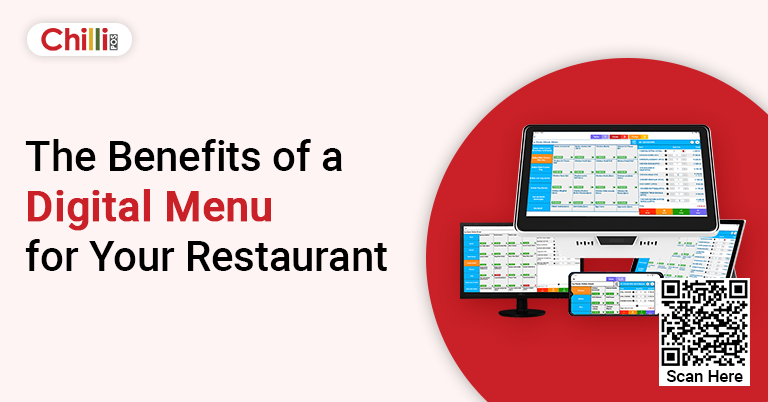Top 5 Practices for Effective Restaurant Inventory Management
In the dynamic world of restaurant management, staying on top of trends and optimizing your operations is crucial for success. One aspect that can significantly impact your bottom line is inventory management. In this article, we’ll explore the top 5 practices for effective restaurant inventory management, taking into account current restaurant trends and the importance of restaurant POS software.
Practice 1: Regular Inventory Audits
Stay ahead of changing customer preferences and seasonal variations by conducting regular inventory audits. Frequent audits help identify wastage, theft, or slow-moving items, allowing you to adjust your purchasing and menu accordingly.
Practice 2: Implement Restaurant POS Software
Leverage modern restaurant POS software to streamline inventory management. These systems often offer features like real-time tracking, automatic inventory updates, and supplier integrations. They enable you to make data-driven decisions and minimize human error.
Practice 3: FIFO (First-In-First-Out) Method
Embrace the FIFO method to ensure that older inventory is used before newer stock. This reduces the risk of food spoilage and waste, aligning with the growing trend of sustainability in the restaurant industry.
Practice 4: Vendor Relationships
Cultivate strong relationships with your suppliers. Negotiate favorable terms, bulk discounts, and reliable delivery schedules. Building partnerships with suppliers can help you secure quality ingredients at competitive prices.
Practice 5: Menu Engineering
Regularly review your menu and analyze item performance. Identify your most and least profitable dishes. Adjust your menu to focus on high-margin items and consider removing or revamping underperforming ones. This practice can significantly impact your inventory costs and overall profitability.
Incorporating Restaurant Trends into Inventory Management:
Keep an eye on restaurant industry trends, such as the increasing demand for sustainable and locally-sourced ingredients. Align your inventory management practices with these trends by sourcing sustainable products, reducing waste, and offering menu items that cater to evolving consumer preferences.
The Role of Restaurant POS Software:
Restaurant POS software is a game-changer in inventory management. These systems provide real-time insights into inventory levels, track sales data, and help automate reorder processes. With the ability to generate detailed reports, you can make informed decisions about stock levels and menu offerings.
By implementing these top 5 inventory management practices and adopting modern restaurant POS software, you can enhance your restaurant’s efficiency, reduce costs, and align with current industry trends. Staying ahead in the competitive restaurant business requires a proactive approach to inventory management, ensuring that your operation runs smoothly and remains profitable.







